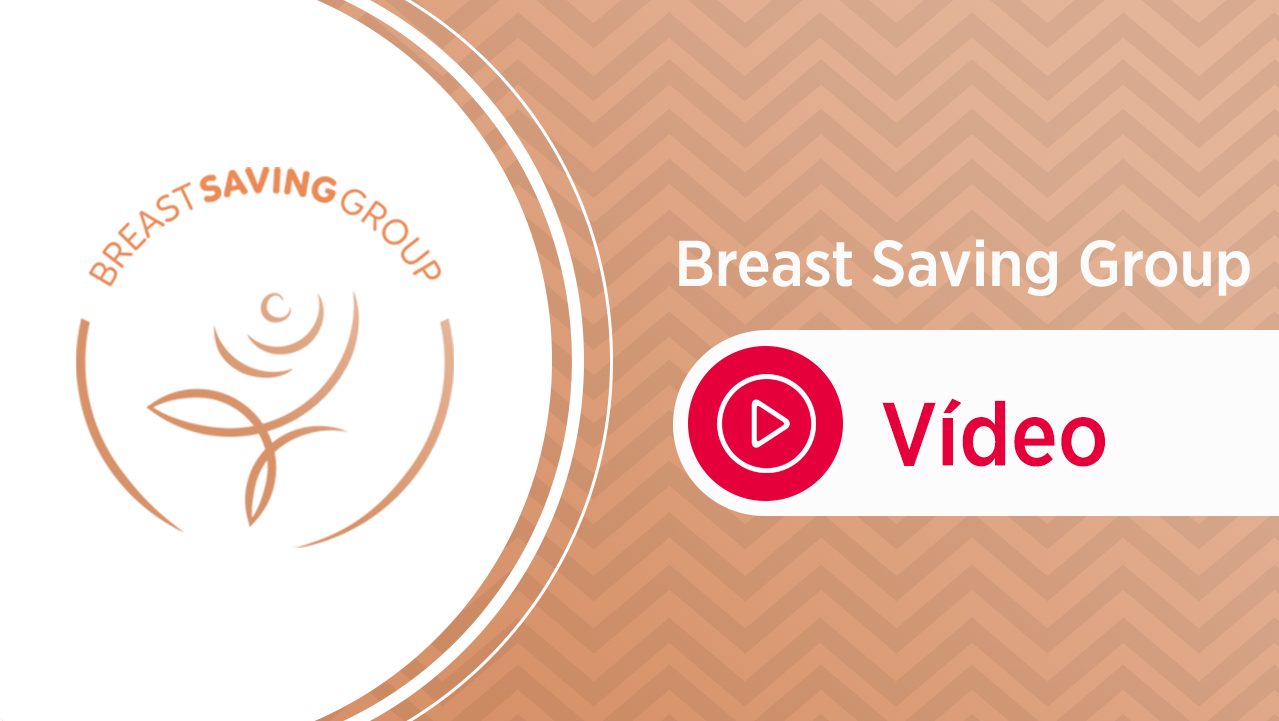Artigo
Hypofractionated vs Conventionally Fractionated Postmastectomy Radiation After Implant-Based Reconstruction
INTRODUCTION
IMPORTANCE: Postmastectomy radiation therapy (PMRT) improves local-regional disease control and patient survival. Hypofractionation (HF) regimens have comparable efficacy and complication rates with improved quality of life compared with conventional fractionation (CF) schedules. However, the use of HF aftermastectomy in patients undergoing breast reconstruction has not been prospectively examined.
OBJECTIVE: To compare HF and CF PMRT outcomes after implant-based reconstruction.
DESIGN, SETTING, AND PARTICIPANTS: This randomized clinical trial assessed patients 18 years or older undergoing mastectomy and immediate expander or implant reconstruction for breast cancer (Tis, TX, or T1-3) and unilateral PMRT from March 8, 2018, to November 3, 2021 (median [range] follow-up, 40.4 [15.4-63.0] months), at 16 US cancer centers or hospitals. Analyses were conducted between September and December 2023.
INTERVENTIONS: Patients were randomized 1:1 to HF or CF PMRT. Chest wall doses were 4256 cGy for 16 fractions for HF and 5000 cGy for 25 fractions for CF. Chest wall toxic effects were defined as a grade 3 or higher adverse event.
MAIN OUTCOMES AND MEASURES: The primary outcomewas the change in physicalwell-being (PWB) domain of the Functional Assessment of Cancer Therapy–Breast (FACT-B) quality-of-life assessment tool at 6 months after starting PMRT, controlling for age. Secondary outcomes included toxic effects and cancer recurrence.
RESULTS: Of 400 women (201 in the CF arm and 199 in the HF arm; median [range] age, 47 [23-79] years), 330 patients had PWB scores at baseline and at 6 months. There was no difference in the change in PWB between the study arms (estimate, 0.13; 95%CI, −0.86 to 1.11; P = .80), but there was a significant interaction between age group and study arm (P = .03 for interaction). Patients younger than 45 years had higher 6-month absolute PWB scores if treated with HF rather than CF regimens (23.6 [95%CI, 22.7-24.6] vs 22.0 [95%CI, 20.7-23.3]; P = .047) and reported being less bothered by adverse effects (mean [SD], 3.0 [0.9] in the HF arm and 2.6 [1.2] in the CF arm; P = .02) or nausea (mean [SD], 3.8 [0.4] in the HF arm and 3.6 [0.8] in the CF arm; P = .04). In the as-treated cohort, there were 23 distant (11 in the HF arm and 12 in the CF arm) and 2 local-regional (1 in the HF arm and 1 in the CF arm) recurrences. Chest wall toxic effects occurred in 39 patients (20 in the HF arm and 19 in the CF arm) at a median (IQR) of 7.2 (1.8-12.9) months. Fractionation was not associated with chest wall toxic effects on multivariate analysis (HF arm: hazard ratio, 1.02; 95%CI, 0.52-2.00; P = .95). Fewer patients undergoing HF vs CF regimens had a treatment break (5 [2.7%] vs 15 [7.7%]; P = .03) or required unpaid time off from work (17 [8.5%] vs 34 [16.9%]; P = .02).
CONCLUSIONS AND RELEVANCE: In this randomized clinical trial, the HF regimen did not significantly improve change in PWB compared with the CF regimen. These data add to the increasing experience with HF PMRT in patients with implant-based reconstruction.
Compartilhar em:
Comentários
Cursos Relacionados
0
Conteúdos Relacionados
Comentários
Deixe um comentário Cancelar resposta
Você precisa fazer o login para publicar um comentário.












